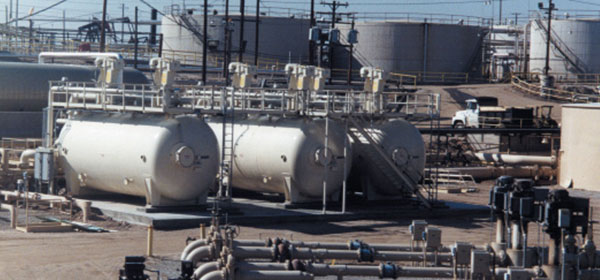HYDROMATION Walnut Shell Media Filter
Removal of oil and suspended solids for produced water treatment

Chemical-free filtration technology with renewable nut shells
A proven, highly efficient separation system, the PETRECO HYDROMATION nutshell filter provides high throughput for purification of oily process water and industrial wastewater while delivering operational reliability with a >99% annualized online performance history.
HYDROMATION filters are the ideal solution for removal of suspended solids and oil from produced water before discharge into the environment or reinjection. They remove 95% to 99% of suspended solids and 90% to 99% of insoluble hydrocarbons without the use of chemicals, providing oil discharge levels of 5 ppm or less.
Lower both capex and opex of produced water treatment
- Aggressive backwash mechanism reduces media loss
- Internal backwash system design fluidizes media with a shorter vessel
- Larger vessel produces less backwash using a smaller backwash treatment system
- Increased single-vessel flow-rate processing using a horizontal design


Experienced in Produced Water Management
Providing guidance on water management to ensure compliance and cut costs
Read Industry ArticleHighly effective filter design and operation
HYDROMATION filters use crushed black walnut shells, known for their strong affinity for oil, as the filter media. The filter bed is cleaned using a unique backwashing mechanism, which can typically use feedwater instead of filtered water. HYDROMATION nutshell filters handle higher concentrations of inlet solids and oil compared with other media filters, and because there is no gas scouring during backwash, they have lower energy requirements.

